카바이드 로드 는 기계 가공 및 산업 응용 분야의 강자입니다. 카바이드로드는 탁월한 내구성, 경도 및 내마모성을 제공하기 때문에 금속 절삭부터 드릴링 등 다양한 산업 분야에서 널리 사용되고 있습니다. 그렇다면 카바이드 로드란 정확히 무엇이며 왜 그렇게 높은 가치를 인정받고 있을까요? 카바이드 로드에 대해 자세히 알아보고 알아야 할 모든 것을 알아보세요!
카바이드 로드란 무엇인가요?
카바이드 막대는 경도와 내마모성이 매우 뛰어난 텅스텐 카바이드로 주로 만들어지는 원통형의 내구성 있는 막대입니다. 충격이 심한 환경에서도 견딜 수 있도록 설계되어 드릴, 커터, 연삭 장비와 같이 수명과 강도가 필요한 도구에 많이 사용됩니다. 그렇다면 이 막대는 정확히 어떻게 만들어지며, 무엇이 이러한 놀라운 특성을 부여할까요?
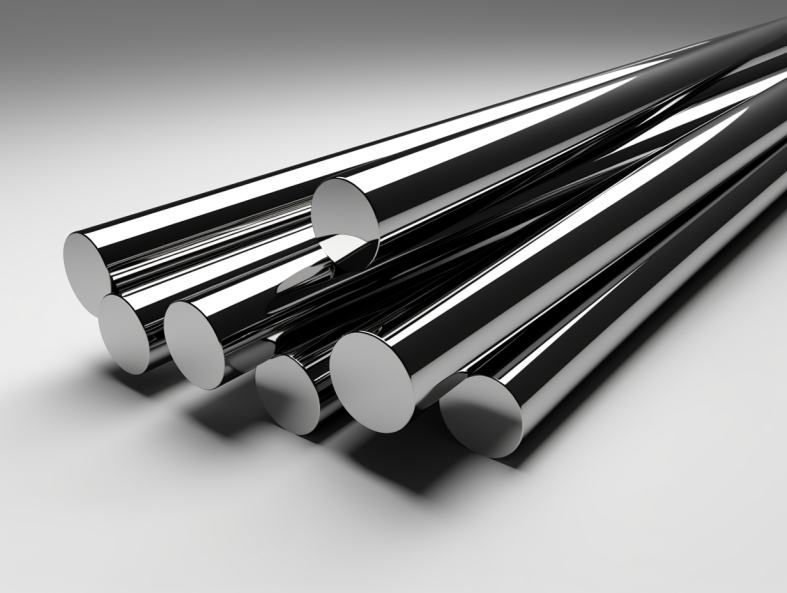
초경봉의 원료 및 성분 분석
카바이드 막대는 일반적으로 텅스텐 카바이드 분말에 코발트를 바인더로 혼합하여 만듭니다. 생성된 화합물을 압축 및 소결하여 고압 응용 분야를 분해하지 않고 처리할 수 있는 막대 형태로 만듭니다.
- 텅스텐 카바이드(WC): 주성분인 텅스텐 카바이드는 약 85-95%로 구성되며, 경도를 제공합니다.
- 코발트 (Co): 코발트는 텅스텐 카바이드 입자를 서로 결합하여 내구성을 향상시키고 약간의 유연성을 제공합니다.
구성 표 예시
| 구성 요소 | 백분율(%) | 기능 |
|---|---|---|
| 텅스텐 카바이드 | 85-95 | 경도, 내마모성 |
| 코발트 | 5-15 | 결합제, 인성 강화 |
| 티타늄 카바이드 | 최대 5 | 고온 강도 향상 |
| 탄탈 탄화물 | 최대 2개 | 경도와 안정성 향상 |
카바이드 로드 유형
카바이드 막대는 특정 산업 요구 사항을 충족하기 위해 다양한 유형으로 제공됩니다. 각 유형은 구성, 경도, 내마모성 및 사용 목적이 다릅니다. 다음은 사용 가능한 몇 가지 주요 유형에 대한 요약입니다.
카바이드 로드 유형 표
| 유형 | 설명 |
|---|---|
| 솔리드 카바이드 로드 | 내마모성을 위한 표준 유형으로 일반 애플리케이션에 사용됩니다. |
| 더블 헬릭스 로드 | 이중 나선형으로 설계되어 칩 제거 능력이 뛰어나 드릴링에 이상적입니다. |
| 마이크로 그레인 카바이드 로드 | 더 작은 초경 입자로 구성되어 미세 가공 시 더 매끄러운 마감을 제공합니다. |
| 초미세 입자 막대 | 매우 미세한 입자로 매우 정밀하고 섬세한 가공 작업에 최적화되어 있습니다. |
| 절삭유 홀 로드 | 고속 드릴링에 사용되는 냉각수 흐름을 허용하는 내부 구멍이 있습니다. |
| 초미크론 카바이드 로드 | 특히 마이크로 드릴링과 같은 극도로 정밀한 애플리케이션에 적합합니다. |
| 로드 블랭크 | 특정 요구 사항에 따라 모양을 만들 수 있는 미완성 막대입니다. |
| 초경합금 로드 | 충격이 심한 환경에서 내구성을 높이기 위해 시멘트가 혼합된 막대를 사용합니다. |
애플리케이션 카바이드 로드
카바이드 봉은 다용도로 잘 알려져 있습니다. 인성, 내마모성 및 높은 열 안정성으로 인해 여러 산업 분야에서 널리 사용됩니다. 적용 분야를 살펴보겠습니다.
카바이드 로드 응용 분야 표
| 애플리케이션 | 설명 |
|---|---|
| 금속 절단 | 정밀하고 효율적인 절단을 위해 드릴, 엔드밀, 선반 공구에 사용됩니다. |
| 마이닝 | 압력을 견디는 능력 덕분에 암석 드릴링 도구에 적합합니다. |
| 목공 | 나무를 정밀하게 성형하고 절단하는 라우터에 사용됩니다. |
| 항공우주 | 마모를 견디는 고온 부품에 사용됩니다. |
| 자동차 제조 | 실린더 라이너, 피스톤 링 등과 같은 부품을 만드는 데 필수적입니다. |
| 석유 및 가스 산업 | 마모성 조건에 잘 견디기 때문에 드릴링 장비에 필수적입니다. |
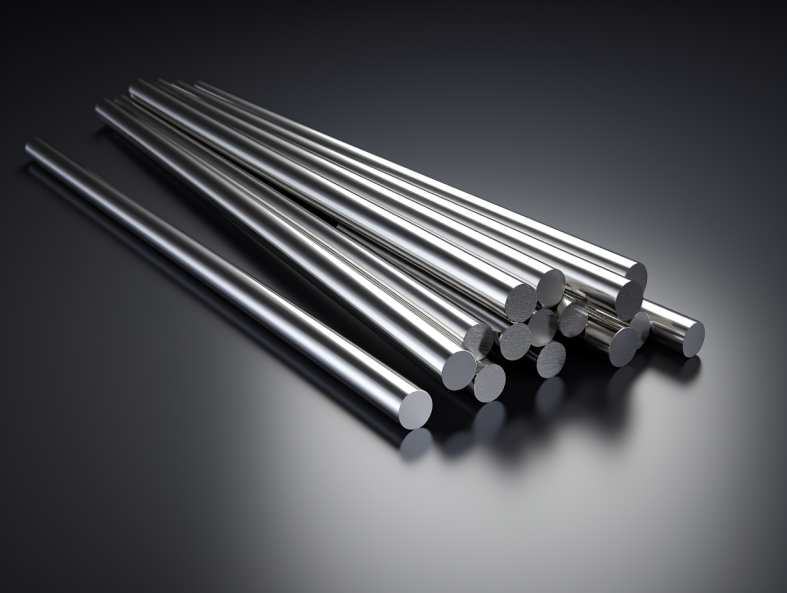

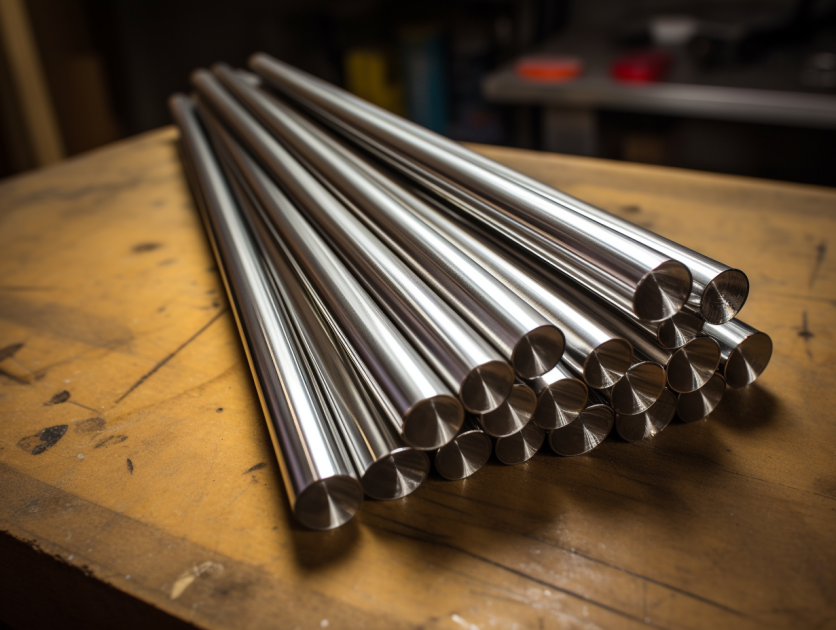
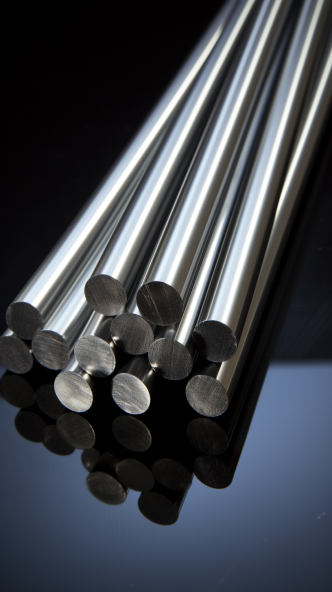
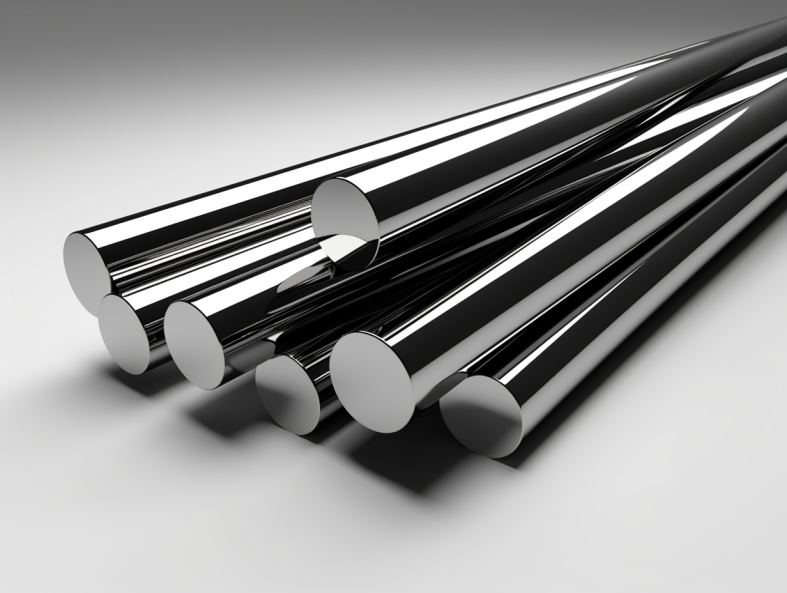
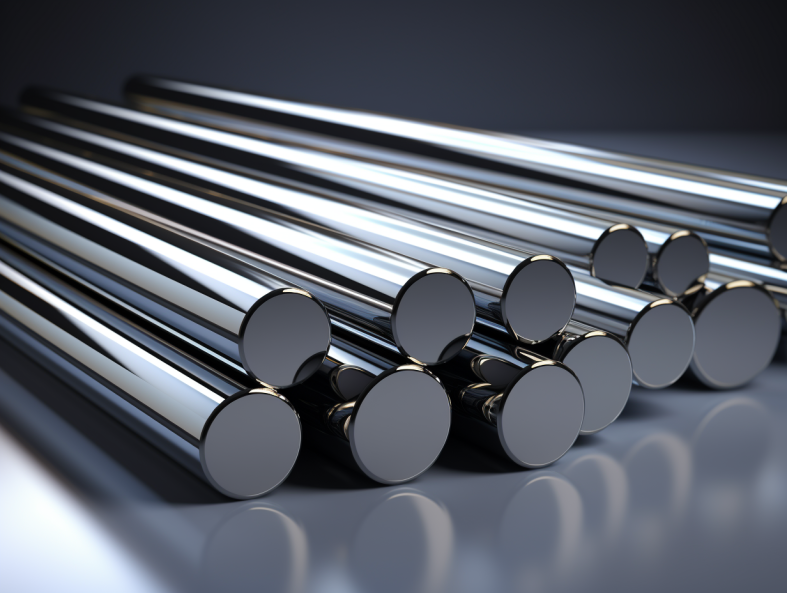
카바이드 로드 생산 공정 흐름
카바이드 막대는 엄격한 산업 표준을 충족하기 위해 복잡한 다단계 공정을 거쳐 생산됩니다. 다음은 카바이드 로드 생산의 주요 단계에 대한 개요입니다:
- 분말 준비: 텅스텐과 코발트 분말은 종종 습식 바인더와 혼합됩니다.
- 압축: 분말 혼합물을 고압으로 압축하여 '녹색' 막대를 만듭니다.
- 소결: 압축된 막대를 고온에서 소결하여 최대 밀도를 달성합니다.
- 그라인딩: 소결 후 막대는 매끄러운 표면을 위해 연삭을 거칩니다.
- 마무리: 고객의 요구에 따라 표면 처리 또는 추가 가공을 할 수 있습니다.
카바이드 막대의 재료 특성
카바이드 막대의 재료 특성은 다양한 응용 분야에서의 성능을 정의합니다. 핵심 속성에 대해 자세히 살펴보세요.
카바이드 로드 재료 특성 표
| 속성 | 설명 |
|---|---|
| 경도 | 일반적으로 HRA 89-93 범위의 매우 하드 |
| 밀도 | 고밀도(14.5 - 15.0g/cm³), 내구성 보장 |
| 굴곡 강도 | 높은 굴곡 강도, 약 2000 - 3000 MPa |
| 열 전도성 | 열 방출을 위한 적당한 열 전도성 |
| 탄성 계수 | 일반적으로 약 600 - 700 GPa |
사양, 크기, 모양 및 표준
카바이드 막대는 업계의 요구 사항을 충족하기 위해 다양한 모양과 크기로 제공됩니다. 다음은 일반적인 사양을 살펴봅니다.
카바이드 로드 사양 표
| 크기 | 지름(mm) | 길이(mm) | 모양 옵션 |
|---|---|---|---|
| Small | 1-4 | 50-100 | 원형, 정사각형 |
| Medium | 4-10 | 100-200 | 원형, 직사각형, 나선형 |
| Large | 10-20 | 200+ | 원형, 사용자 지정 가능(예: 냉각수 구멍용) |
올바른 선택 방법 카바이드 로드
올바른 카바이드 막대를 선택하는 것이 중요합니다. 고려해야 할 요소로는 애플리케이션 유형, 경도, 열 안정성, 비용 등이 있습니다.
올바른 카바이드 로드 선택을 위한 표
| 애플리케이션 | 이상적인 카바이드 로드 유형 | 주요 선정 기준 |
|---|---|---|
| 정밀 가공 | 마이크로 그레인 카바이드 로드 | 매끄러운 마감, 낮은 마모 |
| 고속 드릴링 | 절삭유 홀 로드 | 내열성, 효율적인 칩 제거 |
| 헤비 듀티 커팅 | 초경합금 로드 | 극한의 경도, 내충격성 |

장점과 한계 비교
카바이드 로드 는 환상적이지만 단점이 없는 것은 아닙니다. 그 장단점은 다음과 같습니다.
카바이드 로드 장점과 한계 표
| 팩터 | 장점 | 제한 사항 |
|---|---|---|
| 내구성 | 높은 내마모성, 오래 지속됨 | 더 높은 초기 비용 |
| 열 안정성 | 열에 의한 특성 유지 | 저온에서의 취성 가능성 |
| 정밀도 | 뛰어난 치수 제어 | 특수 공구 없이는 가공하기 어려움 |
자주 묻는 질문
| 질문 | 답변 |
|---|---|
| 카바이드 로드란 무엇인가요? | 카바이드 막대는 내마모성과 경도가 높은 것으로 알려진 텅스텐 카바이드 공구입니다. |
| 내 애플리케이션에 맞는 카바이드 막대는 어떻게 선택하나요? | 용도, 경도, 크기, 비용 등의 요소를 고려하여 이상적인 카바이드 막대를 찾으세요. |
| 카바이드 로드도 고온을 견딜 수 있나요? | 예, 고온에서도 안정성을 유지하므로 고강도 작업에 이상적입니다. |




